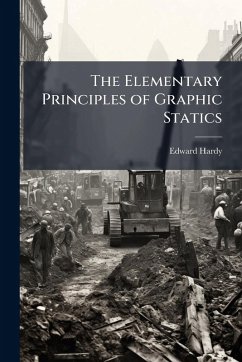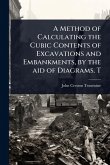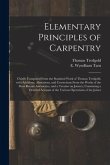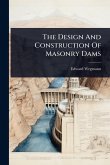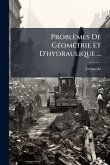"The Elementary Principles of Graphic Statics" by Edward Hardy offers a comprehensive introduction to the graphical methods used in structural analysis and engineering design. Originally published in 1904, this book presents a detailed exploration of how graphical techniques can be applied to solve problems in statics, making it an invaluable resource for students and practicing engineers. Hardy's approach emphasizes clarity and accessibility, ensuring that readers can grasp the fundamental principles of graphic statics. The book covers various topics, including the construction of force diagrams, the analysis of trusses and beams, and the determination of stresses in structures. With numerous examples and illustrations, "The Elementary Principles of Graphic Statics" provides a solid foundation for understanding the practical applications of graphical methods in civil engineering. This edition retains the original text and illustrations, preserving the historical context and providing a unique perspective on the evolution of engineering education. Whether you are a student, an engineer, or a history enthusiast, this book offers valuable insights into the methods and principles that have shaped the field of structural analysis. This work has been selected by scholars as being culturally important, and is part of the knowledge base of civilization as we know it. This work was reproduced from the original artifact, and remains as true to the original work as possible. Therefore, you will see the original copyright references, library stamps (as most of these works have been housed in our most important libraries around the world), and other notations in the work. This work is in the public domain in the United States of America, and possibly other nations. Within the United States, you may freely copy and distribute this work, as no entity (individual or corporate) has a copyright on the body of the work. As a reproduction of a historical artifact, this work may contain missing or blurred pages, poor pictures, errant marks, etc. Scholars believe, and we concur, that this work is important enough to be preserved, reproduced, and made generally available to the public. We appreciate your support of the preservation process, and thank you for being an important part of keeping this knowledge alive and relevant.
Bitte wählen Sie Ihr Anliegen aus.
Rechnungen
Retourenschein anfordern
Bestellstatus
Storno

